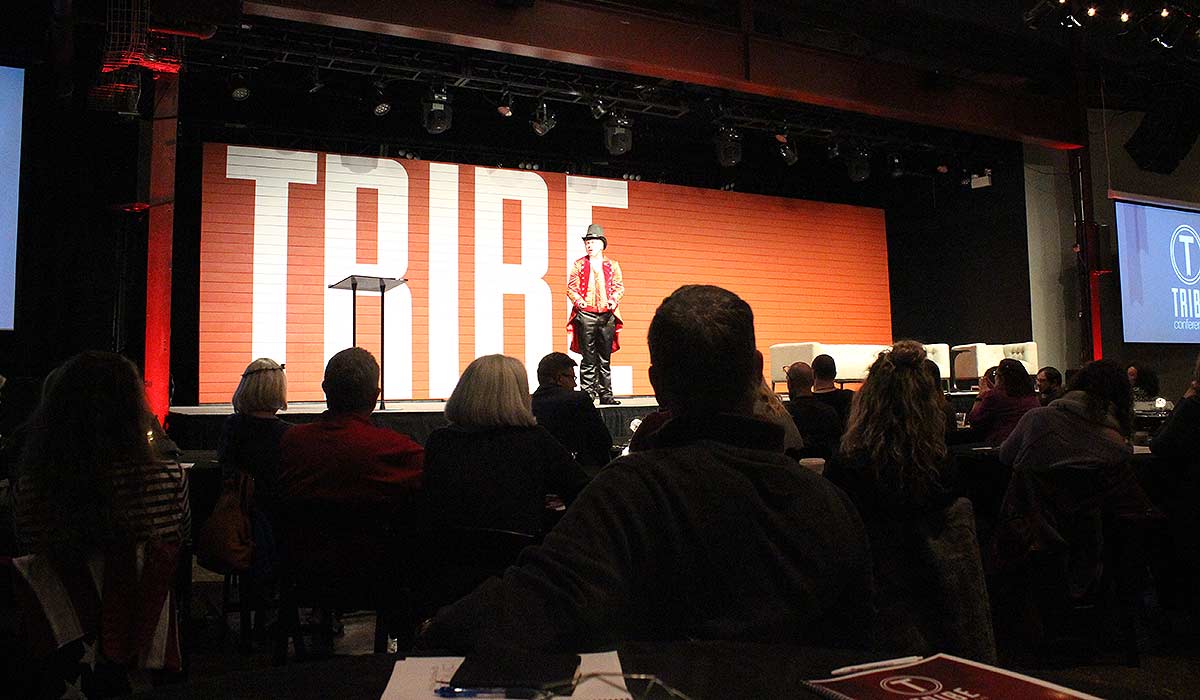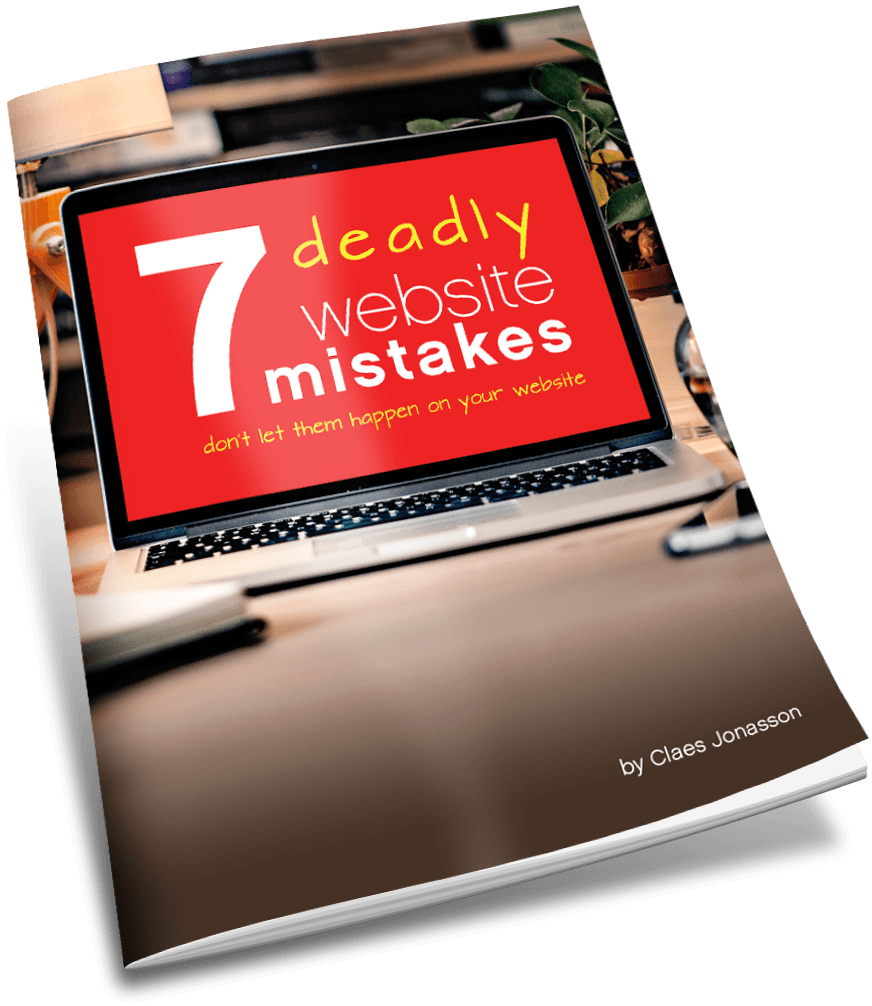Portfolios, stories and 10-10-10
How long do you keep doing something that’s going well?
Recently I attended the annual Tribe Conference for writers and bloggers, held in Franklin, Tennessee.
This was my 3rd year. Each time has been valuable enough that I easily decided to come back the next year. In fact, I already have my ticket for next year.
Jeff Goins, the mastermind behind the Tribe Conference, reminded us that the original plan was to do the conference for 5 years. Next year will be year 5 and it will also be the last Tribe Conference.
The conference is doing well and might conceivably go on for another 5 years. Except eventually things repeated tend to lose their vitality and become routine.
Also, each of us has limited bandwidth, so when we do one thing, that means there’s another thing we can’t do. I’m encouraged to see Jeff be willing to “kill his darling” and boldly step out into unknown territory to do something new.
There’s a lesson here, because many organizations and businesses don’t operate that way. Instead they’re happy to keep doing things the way they’ve always been done (or at least for the last 5-6 years). But times change and we must change with them.
So one of the takeaway lessons from the Tribe Conference this year wasn’t really from the speakers, but from how Jeff decided to handle the whole conference thing and make sure to end on a high note.
Shortly after the conference, I wrote on my other blog about my takeaways from Tribe Conference this year: It’s about time __________
Today I want to focus on a few things that are very relevant for us as business owners.
Business cards
The first is a little thing: I was surprised at how many people didn’t bring business cards. Sure, business cards may seem really old school. Outdated. But, when you’re there, talking to people you’ve just met, how do you capture their contact info for followup? Having something that you can hand out with your preferred contact info on it still matters. Getting something in hand from the other person makes the encounter real.
What goes on that card? Definitely a picture of you. Along with the best way for people to contact you. Don’t need every way. Just the best. Plus something memorable about who you are or the transformation you offer clients. Because that’s what people care about — what you can do for them.
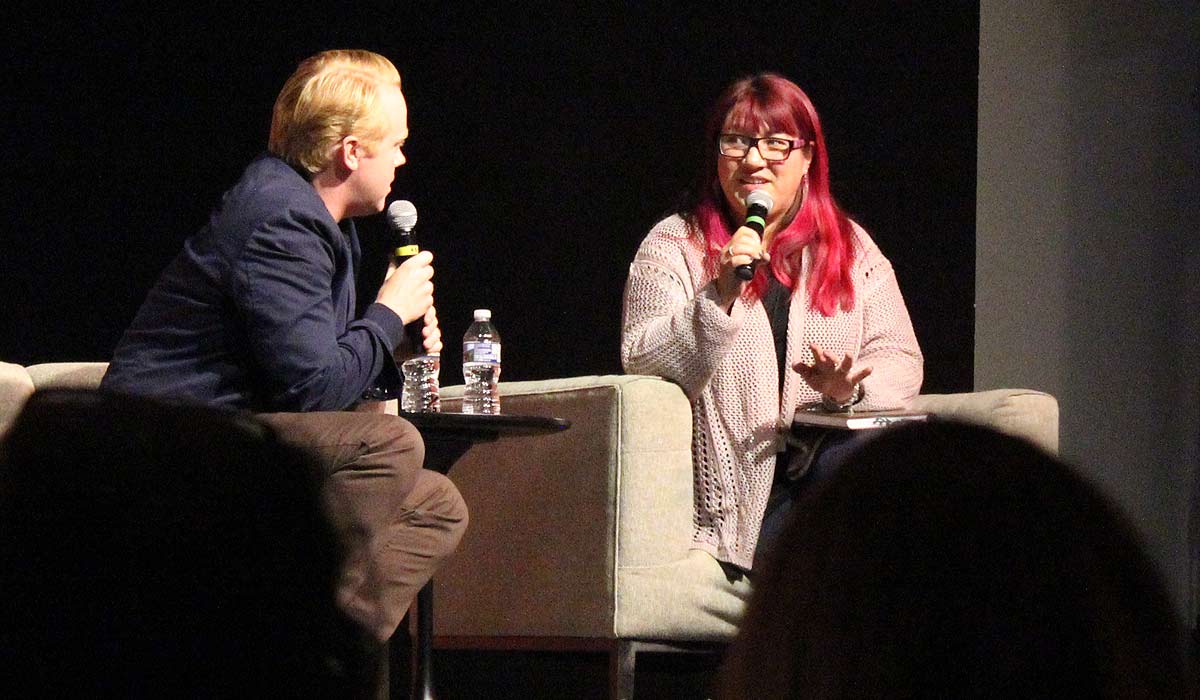
Build a portfolio life
Years ago, we could count on one stream of revenue for our business. As in, I do one thing and only one thing. All the eggs in one basket.
Today is different. Life is much more like juggling with a bunch of eggs, trying to not drop any. Cycles are faster now, so we can’t count on that this one thing will continue to provide like it did in the past.
Finding ways to do a variety of things that build on and complement each other is essential.
For a writer that might include branching out into speaking or creating courses. Or writing both non-fiction and fiction, to reach different audiences.
It’s about discovering multiple ways to create streams of income, so that your entire income doesn’t come from one product or service. The idea may sound daunting at first, but once we start thinking in terms of the entire customer journey, ideas pop up.
Heather Teysko detailed how she once brainstormed all the ways she could make money through her business and didn’t stop until she had 1,000 things listed! She now has a successful podcast that brings in income through a wide range of products and services connected with it.
You or I may not go that deep in the brainstorming, but just think what a few additional products or services that tie in to what you’re already doing could do for your income stream. As well as for establishing you as the go-to person.
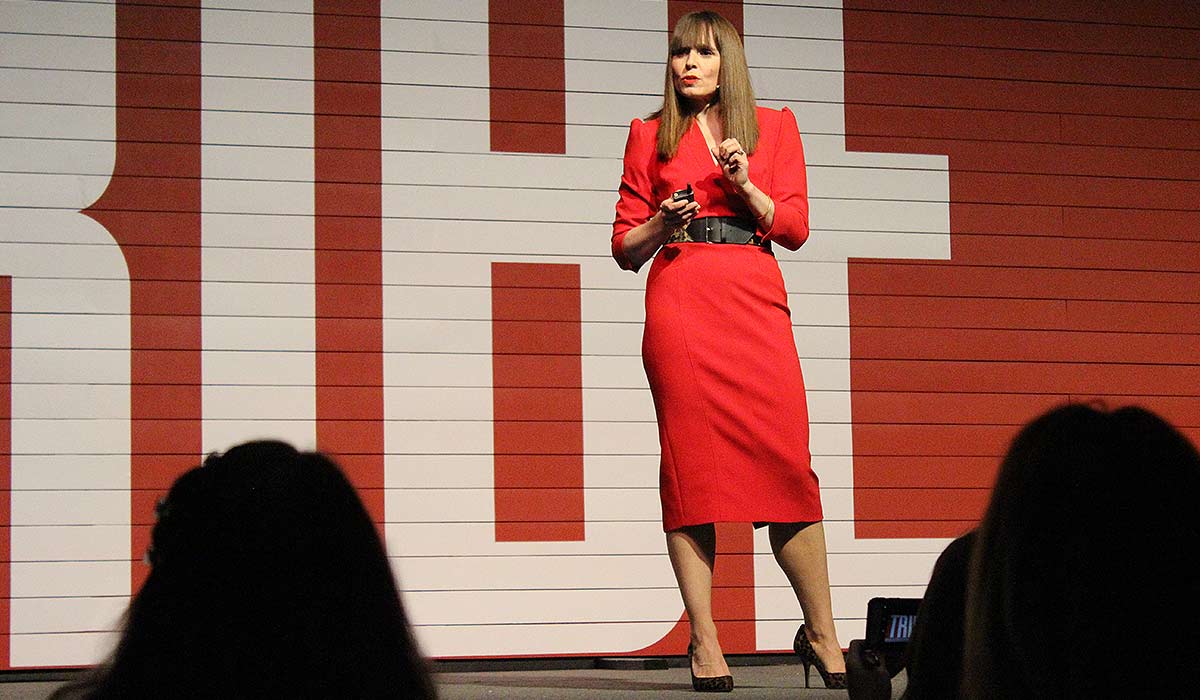
Tell the stories that people want to hear
Janet Murray focused on our conversation with our clients and constituents. All too often, that conversation is one-sided (us talking at them) and all about product features. But customers work with us because they connect with us. And people connect in stories.
So we need to let others know who we are. We do that by turning personal experiences into stories, because stories engage and are relatable.
The key thing is that when our customers see that we’re real people and we’ve struggled with the same issues they’re dealing with, they’ll be able to relate to us and are more likely to see us as actually being able to help them.
As we insert ourselves in the story, the focus must still be on the customer, our audience. We want them to see that we can solve their problem. You know you’re telling your story right when a customer goes “I need to know this.”
Janet reminded us to keep asking ourselves: “How can I make this about my audience?”
Ask yor audience. As in get input prior to releasing the latest new shiny object. Ask them what they are struggling with, what’s keeping them up at night. Then figure out how they can solve their challenge with your help. Now you’re the guide and they’re the hero. Everybody really likes that story.
Also be willing to step out on a limb. “Here’s what I think.” Because when something happens to you and you turn that into content, your audience will love it. Think of sharing a story of how you struggled with something and worked on it until you found a solution. It’s relatable. Makes you a real person. Brings people closer to you.
People relate to people. Not hi-fluting biz-speak. There are too many faceless corporations already. Don’t aspire to be one of them.
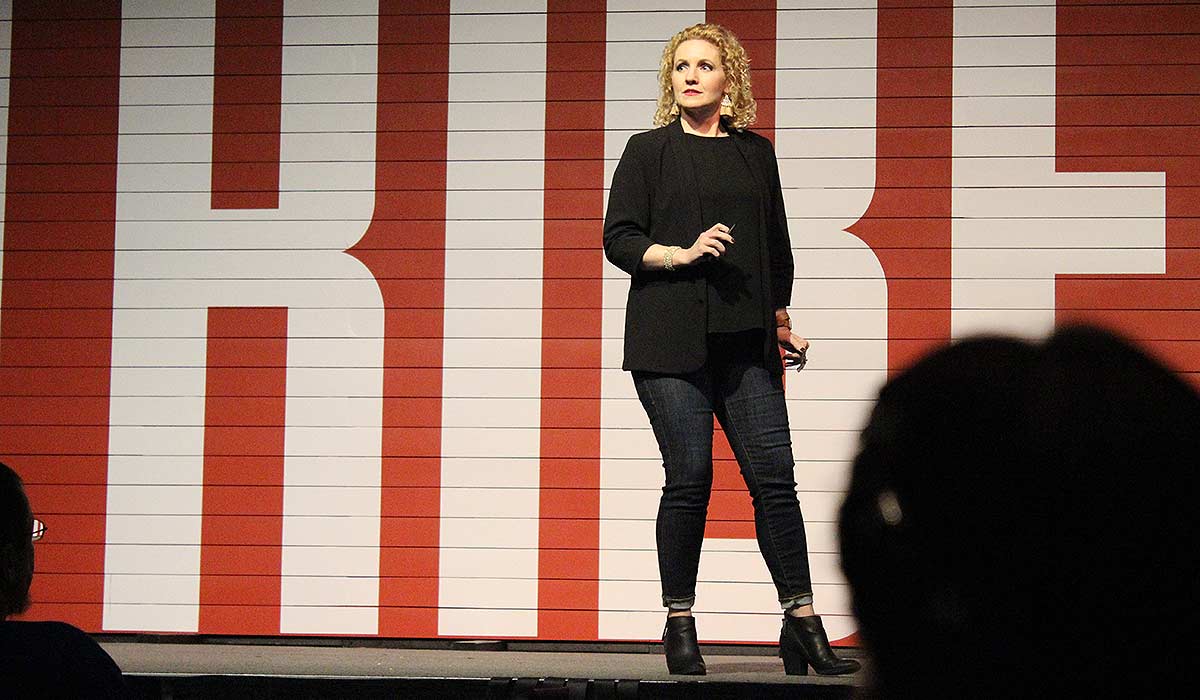
10-10-10
Starting anything new is a bit scary. So we procrastinate. Because tomorrow I’m really going to do it. Totally.
And then nothing happens. Ever.
Enter Alli Worthington with the 10-10-10 analysis.
3 simple, but powerful questions:
How will I feel about this in 10 minutes?
How will I feel about this in 10 weeks?
How will I feel about this in 10 months?
In 10 minutes, I’ve just started on the actual, hard work. Nothing accomplished so far. Probably feeling overwhelmed. Life sucks. I want to quit and go home. See, that’s why I was procrastinating. I knew this would be hard and all.
In 10 weeks the hard work is behind. The product/project is launched. It’s not perfect, but there’s a sense of accomplishment. Of movement forward. Life is pretty good.
In 10 months it’s on a roll. That’s when the benefits are coming in and the hard work up front is paying off. Life is awesome.
We all procrastinate. Do yourself a favor and put these 3 questions on a card stuck to your computer. Then answer them every time you feel like putting off until tomorrow what you should have done yesterday. Doing that builds perspective and we need that to make it through.
I concluded the post on my other blog with “It’s about time _________”
I’ll finish the same way here: It’s about time _____________ — and we each have something to fill that blank with.
What is it that you’ve wanted to do for a long time, but have put off, waiting for a more perfect moment?
Today is that moment. So let’s do this thing. Let’s make it happen.
If it’s time to stop doing something (even if it’s going well), do so. Then move into the next phase of life.
Don’t put all the eggs in one basket. Find ways to have multiple streams of income. That helps you weather changes around you and makes life much more interesting.
Share yourself in the story you tell others. Help them relate to you and see how you can help them reach their goals and dreams.
Ask the 10-10-10 questions and move forward today.
Then fill in the blank. Because what you fill in there and then go make happen could be your next great stream of revenue. It could be the thing that moves your business or organization forward to the next step, where you really want to be a year or 5 years from now. But today it’s time to _______ (fill in the blank).
Never miss out!
Get an email update every time I publish new content. Be the first to know!
